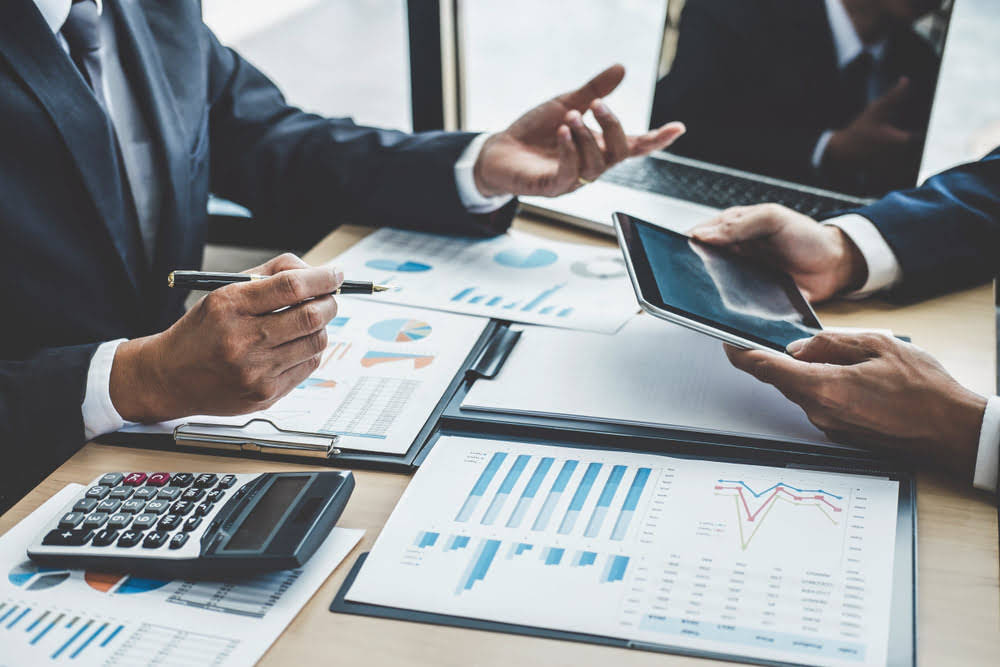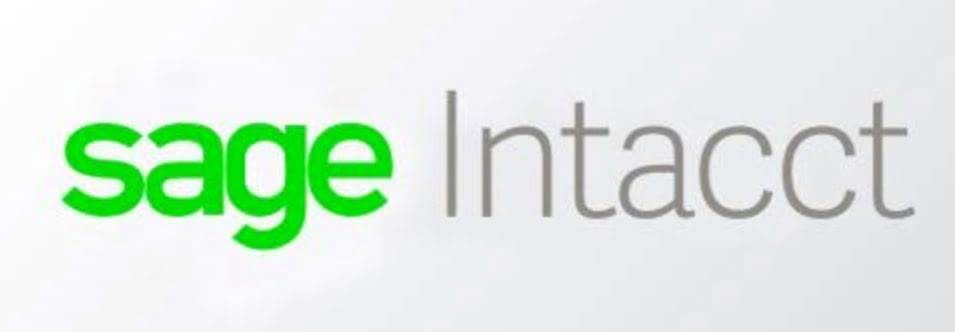
It’s calculated by analyzing the additional expenses incurred based on the addition of the unit. Incremental costs may be classified as relevant costs in how is sales tax calculated managerial accounting. A retail company is contemplating opening a new store in a different location. Through incremental cost analysis, they assess the additional expenses such as rent, utilities, and staffing required for the new store.
Difference Between Incremental and Marginal Cost

However, incremental cost refers to the additional cost related to the decision to increase output. For instance, if a bakery produces 500 loaves of bread, the cost of flour, yeast, and packaging will rise compared to producing only 200 loaves. Variable costs are crucial for break-even analysis, which helps businesses determine the minimum sales volume needed to cover expenses. While incremental cost focuses on the additional expense of a specific decision, variable cost applies to all production levels and is used in cost-volume-profit (CVP) analysis. Variable costs fluctuate with production levels and include raw materials, direct labor, and utilities. Unlike fixed costs, which remain constant regardless of output, variable costs increase or decrease based on the number of units produced.

Advance Your Accounting and Bookkeeping Career
- Procuring higher volumes of materials may strain supplier relationships, leading to renegotiated contracts or delays.
- Training costs may arise if new hires require onboarding, especially for specialized roles.
- Producing the products, however, might bring incremental costs because of the downsizing.
- In the realm of data analysis and business intelligence, seamless data connectivity stands as a…
- If the long-run predicted cost of the raw materials is expected to rise, then electric vehicle prices will likely be higher in the future.
- In the past, XYZ Corporation chose to outsource its email marketing campaigns because it thought it would save money; however, several unanticipated charges arose that almost tripled its initial budget projection.
- Remember, sometimes the smallest adjustments yield the most significant impact.
Economies of scale occur when increasing production leads to lower costs since the costs are spread out over a larger number of goods being produced. The fixed costs don’t usually change when incremental costs are added, meaning the cost of the equipment doesn’t fluctuate with production volumes. Incremental cost is calculated by analyzing the additional expenses involved in the production process, such as raw materials, for one additional unit of production. Understanding incremental costs can help companies boost production efficiency and profitability.

Determining the Baseline Cost

PwC refers to the US member firm or one of its subsidiaries or affiliates, and may sometimes refer to the PwC network. This content is for general information purposes only, and should not be used as a substitute for consultation with professional advisors. A leveraged buyout (LBO) is Record Keeping for Small Business a transaction in which a company or business is acquired using a significant amount of borrowed money (leverage) to meet the cost of acquisition.
Some custom products might not be readily available for the business to buy, so the business has to go through the process of custom ordering it or making it. Ultimately, a thorough understanding of incremental cost empowers businesses to make well-informed decisions that can positively impact incremental expense their bottom line. If a company relies on just-in-time inventory, increased production could require adjustments to storage capacity or distribution logistics. Businesses must weigh these factors to determine whether additional material costs justify expected revenue. A very simple example of incremental cost would be a factory producing widgets where it takes one employee an hour to produce one widget. As a simple figure, the incremental cost of a widget would include the wages for an hour in addition to the cost of materials used in production of a widget.
- If the total production cost for 9,000 widgets was $45,000, and the total cost after adding the additional 1,000 units increased to $50,000, the cost for the additional 1,000 units is $5,000.
- As a practical expedient, incremental costs of acquiring a contract can be expensed immediately if the amortization period would have been one year or less.
- Unlike variable costs that fluctuate with production, these investments create long-term financial commitments.
- Let us assume you are in the shirt manufacturing business and spend $100,000 to make 10,000 shirts.
- Through incremental cost analysis, they assess the additional expenses of purchasing new hardware, software licenses, and training employees.
- Incremental costs are also referred to as marginal costs, but there are some basic differences between them.
- By analyzing the incremental cost, businesses can make informed decisions about pricing strategies, resource allocation, and overall profitability.
Calculating incremental cost is a crucial aspect when it comes to decision making in various industries. It allows businesses to assess the impact of a specific action or decision on their overall costs and profitability. By understanding the incremental cost, organizations can make informed choices that optimize their resources and maximize their financial outcomes. Statista forecasts that e-commerce sales are expected to reach around $8.1 trillion by 2026.

